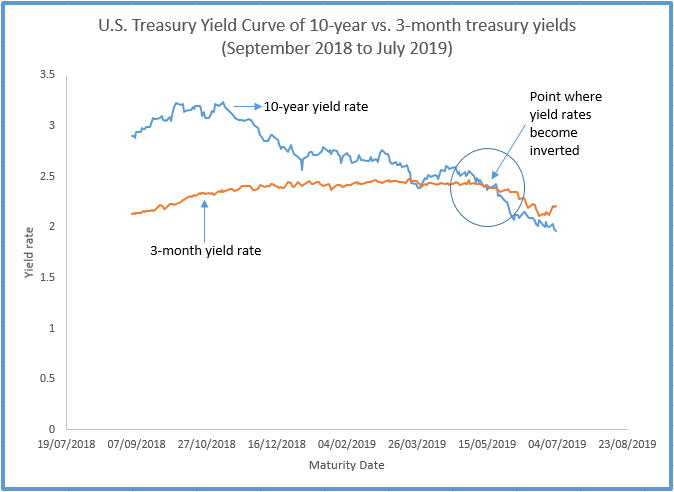How To Predict The Next Financial Crisis - The Atlantic
The COVID-19 pandemic will slow development for the next numerous years. There are other long-term patterns that likewise affect the economy. From extreme weather condition to increasing healthcare costs and the federal debt, here's how all of these patterns will impact you. In simply a few months, the COVID-19 pandemic annihilated the U.S.
In the first quarter of 2020, growth declined by 5%. In the 2nd quarter, it plunged by 31. 4%, however then rebounded in the 3rd quarter to 33. 4%. In April, during the height of the pandemic, retail sales plunged 16. 4% as guvs closed nonessential businesses. Furloughed workers sent out the number of jobless to 23 million that month.
7 million. The Congressional Spending Plan Office (CBO) anticipates a modified U-shaped recovery. The Congressional Budget Plan Workplace (CBO) forecasted the third-quarter information would improve, but not adequate to offset earlier losses. The economy will not go back to its pre-pandemic level up until the middle of 2022, the company projections. https://s3.us-west-2.amazonaws.com/nextfinancialcrisis4/index.html Unfortunately, the CBO was right.
4%, however it still was not sufficient to recover the prior decrease in Q2. On Oct. 1, 2020, the U.S. debt surpassed $27 trillion. The COVID-19 pandemic contributed to the debt with the CARES Act and lower tax revenues. The U.S. debt-to-gross domestic item ratio increased to 127% by the end of Q3that's much greater than the 77% tipping point advised by the International Monetary Fund.
How To Predict The Next Financial Crisis - The Atlantic
Higher rate of interest would increase the interest payments on the debt. That's unlikely as long as the U.S. economy stays in economic crisis. The Federal Reserve will keep interest rates low to stimulate development. Disagreements over how to lower the debt may equate into a debt crisis if the debt ceiling requirements to be raised.
Social Security pays for itself, and Medicare partially does, at least for now. As Washington battles with the finest way to resolve the financial obligation, uncertainty arises over tax rates, advantages, and federal programs. Services respond to this unpredictability by hoarding money, hiring temporary instead of full-time employees, and postponing major financial investments.
It might cost the U.S. government as much as $112 billion annually, according to a report by the U.S. Government Accountability Workplace (GAO). The Federal Reserve has warned that environment modification threatens the financial system. Severe weather condition is requiring farms, utilities, and other business to declare bankruptcy. As those debtors go under, it will damage banks' balance sheets much like subprime mortgages did during the monetary crisis.
 6 economists who predicted the global ...intheblack.com
6 economists who predicted the global ...intheblack.com
Munich Re, the world's biggest reinsurance firm, cautioned that insurance coverage firms will need to raise premiums to cover higher costs from severe weather condition. That could make insurance coverage too pricey for many people. Over the next few decades, temperature levels are anticipated to increase by between 2 and 4 degrees Fahrenheit. Warmer summers suggest more destructive wildfires.
Stock Market: Here's What Wall Street Is Predicting For 2021
Greater temperatures have even pushed the dry western Plains region 140 miles eastward. As a result, farmers utilized to growing corn will have to switch to hardier wheat. A much shorter winter season suggests that lots of insects, such as the pine bark beetle, do not die off in the winter season. The U.S. Forest Service estimates that 100,000 beetle-infested trees could fall daily over the next ten years.
Droughts exterminate crops and raise beef, nut, and fruit rates. Millions of asthma and allergic reaction sufferers need to spend for increased health care costs. Longer summertimes extend the allergic reaction season. In some areas, the pollen season is now 25 days longer than in 1995. Pollen counts are predicted to more than Additional resources double between 2000 and 2040.